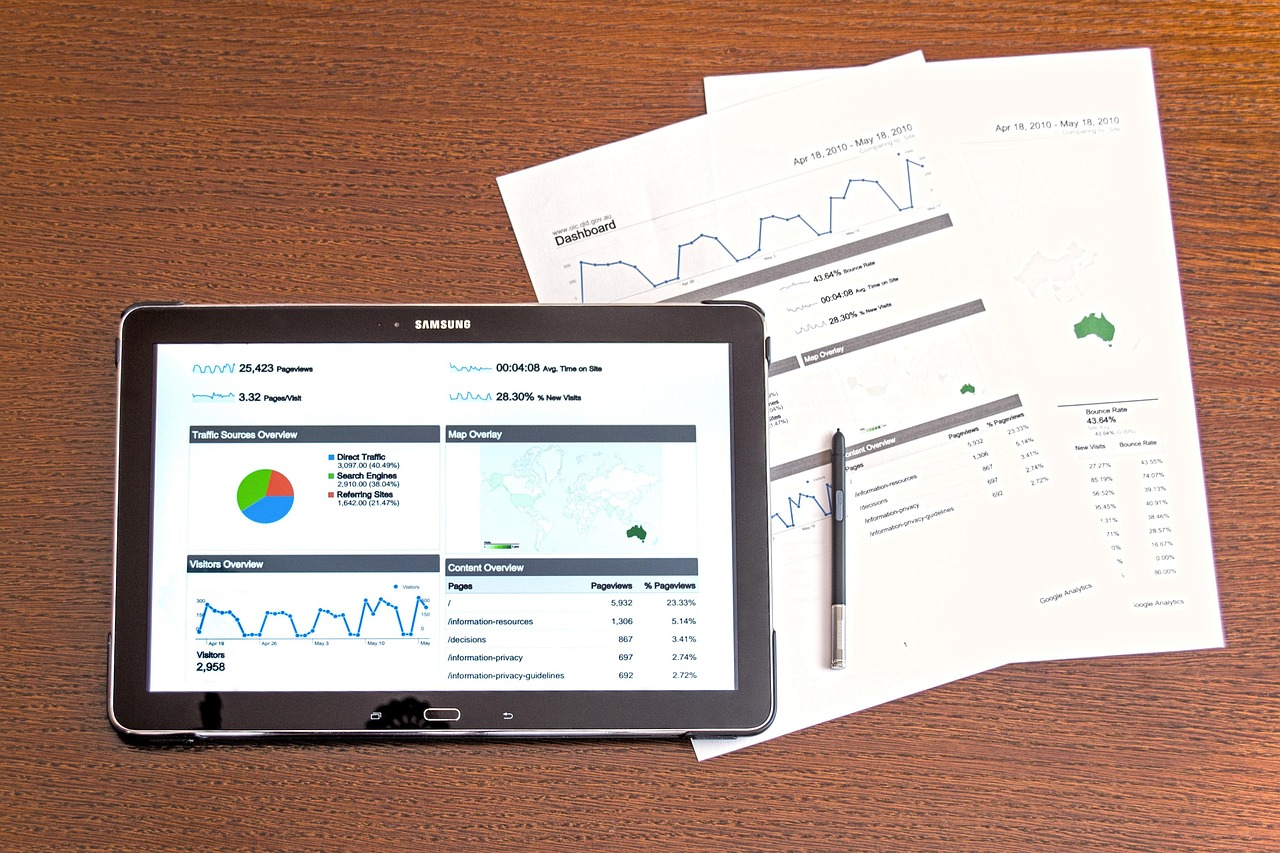Introduction
As we step into the summer months, July presents a unique set of opportunities for e-commerce businesses to capitalize on seasonal trends, consumer behaviors, and holiday-driven sales. With the right marketing plan, businesses can not only maintain their momentum but also set the stage for a successful second half of the year. This article outlines a comprehensive e-commerce marketing plan for July, focusing on key strategies, promotions, and campaigns that can help businesses thrive.
1、Seasonal Trends and Consumer Behavior
Understanding the consumer behavior during July is crucial for crafting an effective marketing plan. With summer in full swing, people are more likely to be on vacation, spending time outdoors, and engaging in seasonal activities. This shift in behavior can influence their purchasing patterns, making it essential to offer products and services that align with these trends.
- Outdoor Living: As people spend more time outside, there is an increased demand for outdoor living products such as patio furniture, grills, outdoor games, and gardening tools. E-commerce businesses can create targeted campaigns highlighting these items and offering exclusive deals to attract customers.
- Travel and Vacation: With many people planning trips during the summer, there is a surge in demand for travel accessories, luggage, and vacation-specific products. Collaborating with travel agencies or offering travel bundles can be a strategic move to tap into this market.
- Summer Fashion: Summer fashion trends can be a significant driver of sales. E-commerce businesses should focus on promoting lightweight, breathable clothing, swimwear, and accessories that are popular during the warmer months.
2、Holiday-Driven Sales
July is home to several holidays that can be leveraged for promotional activities. By creating campaigns around these dates, businesses can boost sales and increase brand visibility.
- Independence Day (4th of July): This American holiday is a significant event for e-commerce, with many businesses offering sales and promotions. Consider running a patriotic-themed campaign, offering discounts on American-made products, or partnering with local businesses for joint promotions.
- Summer Sales: Many retailers hold mid-season sales in July to clear out inventory and make room for fall merchandise. E-commerce businesses can capitalize on this trend by offering site-wide discounts, flash sales, or clearance events.

3、Social Media and Influencer Marketing
Social media platforms are a powerful tool for e-commerce businesses, allowing them to reach a wide audience and engage with potential customers. By leveraging these channels effectively, businesses can drive traffic to their websites and increase sales.
- Seasonal Content: Create and share content that resonates with the summer season. This can include blog posts about outdoor activities, summer fashion tips, or travel guides. Use visually appealing images and videos to capture attention and encourage sharing.
- Influencer Collaborations: Partner with influencers who align with your brand and have a strong following. They can help promote your products through sponsored posts, reviews, or giveaways, reaching a larger audience and increasing brand credibility.
- User-Generated Content: Encourage customers to share their experiences with your products by creating a branded hashtag or hosting a contest. This not only increases engagement but also provides social proof for potential customers.
4、Email Marketing and Personalization
Email marketing remains a powerful channel for e-commerce businesses, allowing them to communicate directly with their customers and drive sales. Personalizing these communications can significantly increase engagement and conversion rates.
- Seasonal Promotions: Send out emails highlighting seasonal products and promotions. Use eye-catching subject lines and visuals to entice recipients to open and engage with your emails.

- Abandoned Cart Reminders: Utilize email automation to send reminders to customers who have abandoned their carts. Offer a small discount or incentive to encourage them to complete their purchase.
- Personalized Recommendations: Use customer data to send personalized product recommendations based on their browsing and purchasing history. This can increase the relevance of your emails and drive higher conversion rates.
5、SEO and Content Marketing
Search engine optimization (SEO) and content marketing are essential for driving organic traffic to e-commerce websites. By optimizing your website and creating valuable content, you can improve your search rankings and attract more visitors.
- Keyword Optimization: Research and target seasonal keywords related to your products and services. Update your website's content, meta tags, and product descriptions to include these keywords, improving your visibility in search results.
- Blog Content: Create informative and engaging blog posts that provide value to your audience. This can include how-to guides, product comparisons, or seasonal tips. High-quality content can help improve your SEO and establish your brand as an authority in your niche.
- Video Content: Videos are a popular content format that can help improve SEO and engagement. Create product demonstrations, tutorial videos, or behind-the-scenes content to showcase your brand and products.
6、Mobile Commerce and User Experience

With the increasing number of consumers shopping on mobile devices, optimizing your e-commerce website for mobile is crucial. A seamless mobile experience can lead to higher conversion rates and customer satisfaction.
- Mobile-Friendly Design: Ensure your website is responsive and easy to navigate on mobile devices. This includes having clear call-to-action buttons, easy-to-read text, and a streamlined checkout process.
- Mobile-Exclusive Offers: Create special promotions or discounts that are only available to mobile users. This can encourage more customers to shop on their mobile devices and increase mobile sales.
- App Optimization: If you have a mobile app, ensure it is regularly updated and offers a seamless shopping experience. Include features like push notifications, personalized recommendations, and a user-friendly interface to keep users engaged and encourage repeat purchases.
ConclusionJuly
offers a wealth of opportunities for e-commerce businesses to drive sales and increase brand visibility. By focusing on seasonal trends, holiday promotions, social media engagement, personalized marketing, SEO, and mobile optimization, businesses can create a comprehensive marketing plan that capitalizes on the potential of this summer month. With the right strategies in place, e-commerce businesses can not only boost their sales but also build a strong foundation for continued growth throughout the year.







